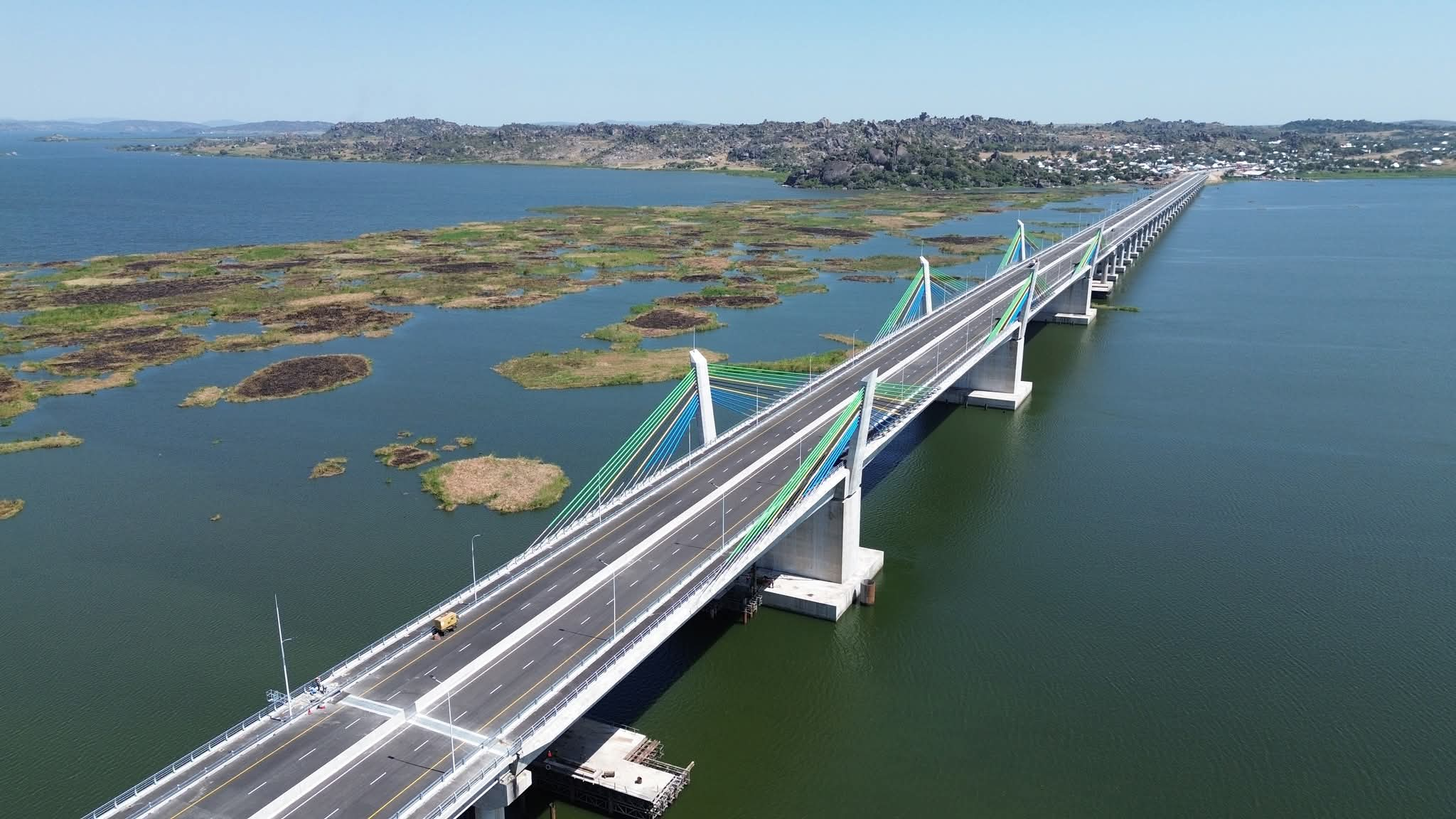KAINJI DAM: What to Know About Nigeria's First Hydroelectric Project
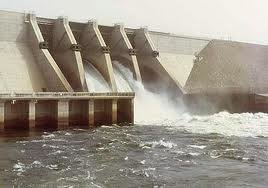
Did you know that the Kainji dam is the largest dam on the river Niger (the third longest river in Africa) and is one of the longest dams in the world with a length of 7.2km?
Kainji Dam is a dam across the Niger River in Niger State of Central Nigeria. It is a gravity dam that primarily uses the weight of the dam alone to hold back the water pushing against the structure. It was mainly constructed from concrete. Part of the dam's function was to control the Niger's waters downstream to the point the Niger meets the river Kaduna.
Here are some facts you should know about the first hydroelectric dam built in Nigeria:
FACT 1: Construction of Kainji Dam was carried out by Impregilo, a consortium of Italian Civil Engineering Contractors, to designs by Joint Consultants, Balfour Beatty and Nedeco. It began in 1964 and completed in 1968. Engineers used over 250,000 tons of cement and more than 25,000 tons of steel to build the structure.
FACT 2: The total cost was estimated at US$209 million (equivalent to more than US$1.4 billion in 2023), with one-quarter of this amount used to resettle people displaced by the construction of the dam and its reservoir, Kainji Lake. Around 50,000 people were displaced by the scheme. Resettlement work saw 128 villages and 2 new townships built, as well as perimeter roads around the reservoir.
FACT 3: Kainji Dam extends for about 10 kilometres (6.2 miles), including its saddle dam, which closes off a tributary valley. The primary section across the outflow to the Niger is 550 metres (1,800 ft). Most of the structure is made from earth, but the centre section, housing the hydroelectric turbines, was built from concrete. This section is 65 metres (213 ft) high. Kanji Dam is one of the longest dams in the world.
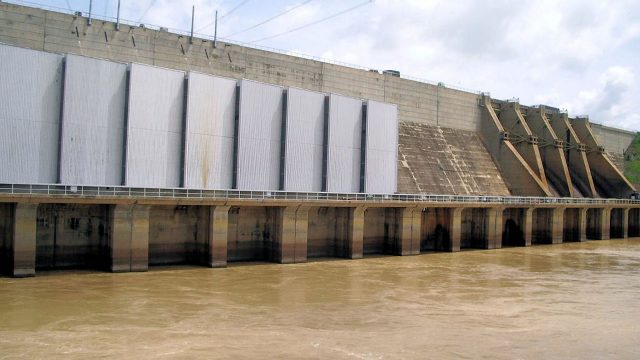
FACT 4: Kainji dam was designed to have a generating capacity of 960 megawatts (1,290,000 hp); however, only 8 of its 12 turbines have been installed, reducing the capacity to 760 megawatts (1,020,000 hp). The dam generates electricity for all the large cities in Nigeria. Some of the electricity is sold to the neighbouring country of Niger. In addition, occasional droughts have made the Niger's water flow unpredictable, diminishing the dam's electrical output.
FACT 5: The dam has a single-lock chamber capable of lifting barges 49 metres (161 ft). At the time it was built, the Kainji dam was one of the largest infrastructure projects Nigeria had seen.
FACT 6: In October 1998, in response to upstream flooding, a torrent of water was released from the dam, bursting the river banks. Downstream from the dam 60 villages were flooded. Domestic animals drowned and dikes as well as several farms were washed away. Dam officials were criticized for waiting too long before starting, then dumping too much water. In 1999, uncoordinated opening of floodgates led to local flooding of about 60 villages.
FACT 7: The construction of the dam created the Kainji Lake reservoir, covering an area of 1,300km², the largest man-made lake in Nigeria. The new lake completely submerged Foge Island in the river Niger, the town of Bussa and many other settlements. It measures about 135 kilometres (84 mi) long and about 30 kilometres (19 mi) at its widest point, and supports irrigation and a local fishing industry.
FACT 8: At the time it was commissioned the Kainji project was seen in Nigeria as more than an infrastructure scheme. It was also viewed as a statement that the newly independent country was modernising and could handle large scale industrial challenges.
Sources: Ice Org | Wikipedia
#penglobalfactfile #KainjiDam
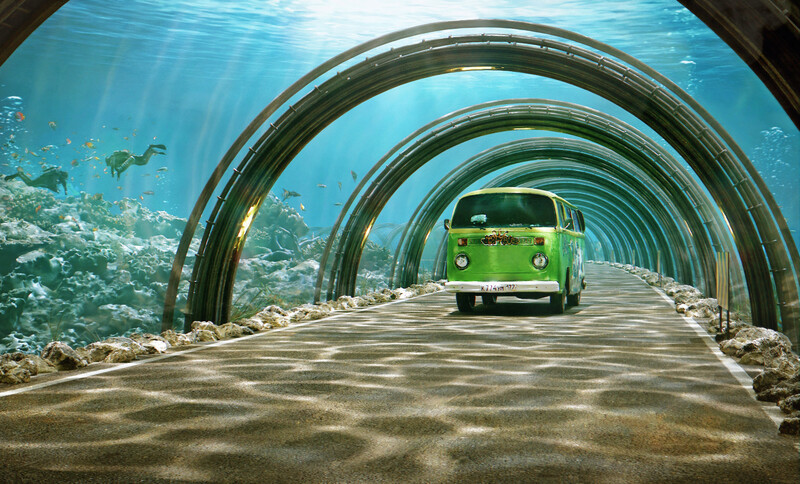
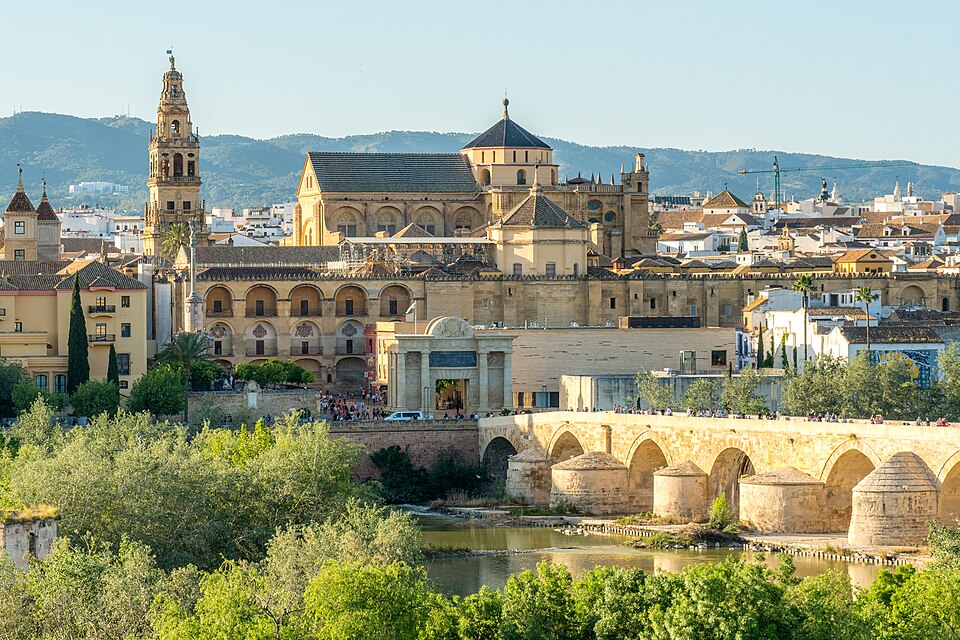
_1755775186.jpg)
